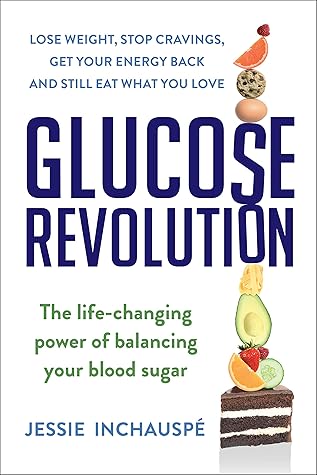Doctors can better measure heart disease risk by looking at what’s called the triglycerides-to-HDL ratio (which tells us about the presence of the small, dense LDL pattern B), and C-reactive protein (which tells us about inflammation levels). Triglycerides become LDL pattern B in our bodies. So by measuring triglycerides, we can gauge the amount of the problematic LDL pattern B in our system. If you divide the level of triglycerides (in mg/dL) by HDL level (in mg/dL), you’ll get a ratio that is surprisingly accurate in predicting LDL size. If the result is smaller than 2, that’s ideal. If the
...more
Welcome back. Just a moment while we sign you in to your Goodreads account.


